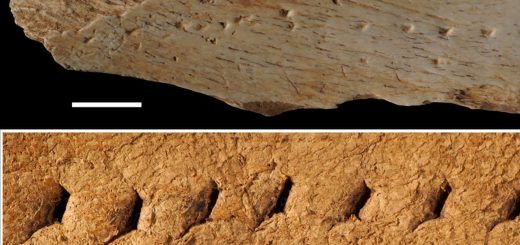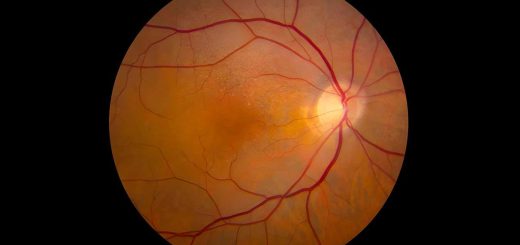SpaceX prepares for Starship flight with first ‘chopstick’ landing
SpaceX is gearing up for the fifth launch of its massive Starship rocket, following four increasingly successful tests. What is the company hoping for, and what can we expect?
By Matthew Sparkes
26 July 2024
A test of the Super Heavy Booster for Starship’s fifth test flight
SpaceX
SpaceX is making final preparations for the fifth and most ambitious Starship test flight yet. While the four previous flights have all aimed for a splashdown in the sea, this test will be the first attempt to land back on the launch pad.
What is Starship?
It is the heaviest and most powerful rocket that has ever flown. SpaceX aims to develop it into a rapidly reusable launch vehicle that can take large payloads to space, land back at the launch pad and be ready for another mission within days or even hours. Successive test flights over the past two years have been inching towards that goal.
NASA has contracted SpaceX to supply a special lunar lander variant of Starship to take astronauts to the moon’s surface some time after late 2026. The ultimate ambition of SpaceX CEO Elon Musk is for Starship is to put humans on Mars.
Advertisement
What will SpaceX attempt during its fifth test flight?
Flight five is likely to be the first attempt at catching Starship’s Super Heavy booster – the first stage of the rocket – on the launch pad. SpaceX’s launch tower, called Mechazilla, is equipped with a pair of “chopsticks” that will ultimately grab the booster at a specific point and secure it, allowing it to be later lowered the remaining distance to the ground.
The fourth test flight saw the booster make a “virtual landing” at sea, slowing its descent just above the surface to simulate what would be needed for a real Mechazilla catch, before it plopped into the water. Following the success of that test, Musk posted on X that “I think we should try to catch the booster with the Mechazilla arms next flight”.
When is the launch expected to happen?
We don’t yet have an official launch date, but a full-duration test burn of the rocket’s first stage was carried out on 15 July, meaning that there is little now standing in the way.


